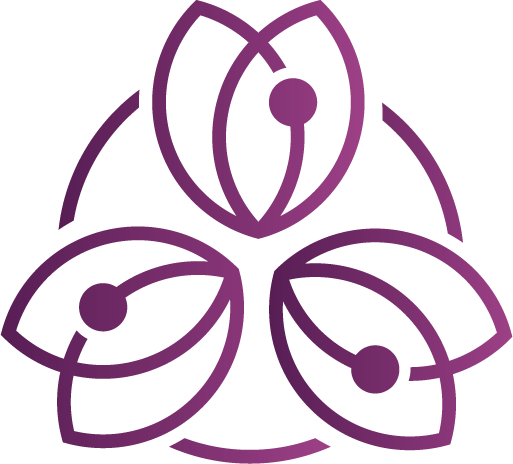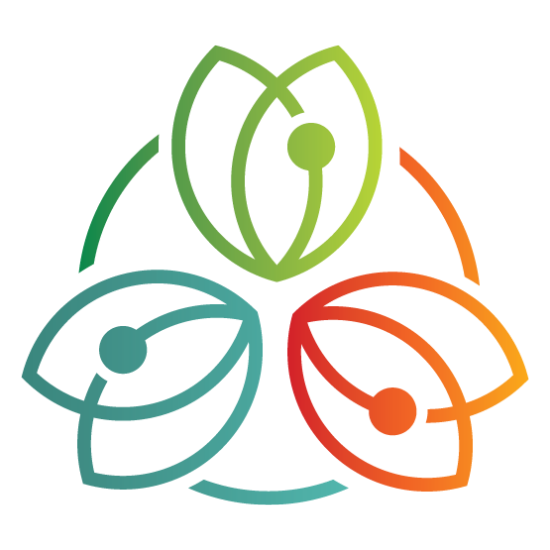Milk - Nectar or Poison?
Sowa Rigpa Point of View
Gyu shi, 4 Medical Tantras of Tibetan Medicine praise milk as a beverage with many benefits. With its sweet taste and heavy and oily qualities it helps grow bodily constituents, pacifies disorders of Lung (Wind) and Tripa (Fire), increases virility, cures pulmonary disorders and chronic infections and emaciation, and is rejuvenating.
Milk from different animals differ - cow milk is cool, goat milk even more so, while sheep, horse and yak milk is more warming. Also they way of preparation affects the quality of milk - cold or unboiled (like straight from the fridge) is very heavy and cooling and aggravates Beken (Phlegm) disorders and is heavy to digest; warm, boiled becomes lighter and warmer. Freshly collected milk that is still warm is considered to be a true nectar.
With these traditional explanations one would say, yes, let’s drink it! Yet in my practice I meet many patients who much improve on dairy-free diet. How can that be?
Functional Medicine Point of View
In Functional and Alternative medicine (as well as Chinese) milk is often advised against. There are both scientific and experiencial proofs for milk to cause low grade chronic inflammation, acne, digestive disorders, heart disease, certain cancers, and diabetes. Let's have a look on possible cause of that.
- Milk quality
Have a look on our modern milk, and compare it with milk just a few hundreds, or thousands years ago. Mass produced, coming in UHT boxes, with 0,5% fat, staying intact for 6 months, is it really milk?
How the cows are bred also matters. You know, we are what we eat, and so are the cows. Milk form grass-fed cows in natural pasture will have a highter content of nutrients than those fed with corn and grains (which increases the pro-inflammatory Omega 6 fatty acids). It is also a common practice to remove horns in baby calves, which is a very painful procedure and may influence their calcium metabolism.
2) Milk content
- Milk sugar - lactose. Can be problematic in case of you lack beta-lactamase, an enzyme breaking this double sugar into single one, glucose and galactose. It is genetically conditioned with an early onset in childhood or an adult onset. It is very common especially in Chinese population (maybe that’s why Chinese Medicine recommends avoiding milk). Lactose intolerance can be tested with nutrigenomic tests, but you could find out also by watching your stools - you would have a diarrhea or at least liquid stool after milk consumption. Fermented diary products have lesser amount of lactose. Lactose free milk in case if you don't have lactose intolerance is a nonsense, it's only sweeter in taste.
- Protein - cow milk is high in it. Its two main proteins are albumin and casein, the latter being a culprit of many problems with milk. Casein content in cow milk is much higher than in human milk, so it's not recommended for humans. The most problematic is A1 type of casein, converted into caseomorfin or BCM7. These can stimulate your immune system to produce pro-inflammatory cytokines and deplete antioxidants suchas glutation. Moreover, caseomorphin is addictive and make you want it more (similarly like gluten and sugar). Casein sensitivity can also contribute to histamine intolerance. Goat or sheep milk does not contain A1 casein, but A 2 type, which is OK.
- Fat -milk butter. It's is a saturated fat which is important for body function, nothing against it. On top, vitamin D (even though natural milk contains very little of it) is a fat soluble and doesn't work in skimmed milk. What is special is Ghee – purified butter. In Sowa Rigpa and Ayurveda it is considered supreme fat, beneficial for nervous system, memory, digestion, and rejuvenation. In the West it is used for culinary properties for frying, because it doesn't burn as normal butter and gives a pleasant buttery/nutlike taste.
- Calcium - importantce of cow milk as a calsiu source is really overestimated. It can be obtained also from non diary sources as almonds, popy seeds, leafy greens, canned small fish with bones, bone broth… The scientific evidence of importance of drinking milk for calcium and bone health is contradictory. There is no nutritional requirement for animal milk to fullfill body calcium needs according to a Harvard study.
- Insulin like Growth Factor (IGF) – milk stimulates production of this hormone, that make babies grow faster. Unfortunately, in adults consuming large amounts of milk it can cause diabetes and other metabolic diseases. In fact, high circulating IGF-1 concentrations have been associated with higher cancer risk, particularly prostate, breast and colorectal cancer.
Conclusion
Milk had its role in ancient times, when it allowed our ancestors to live in conditions where nutrients were scarce, and starvation was common. Nowadays in the developed countries we have an abundance of highly caloric foods, unfortunatelly of very poor quality when it comes to nutrient density. The dairy in the shops today is a far resemblance of what it was even 50 years ago. It's mass-produced and comes from cows pumped full of hormones and antibiotics, so it has become a really inflammatory food. I would advice to take it moderately, if at all. As usually, it is best to observe how your body reacts to its consumption, and listen to it.
Literature
- Gyu Shi, 4 Medical Tantras, Yuthok Yonten Gonpo
- Period Repair Manual, Lara Briden
-Comparative evaluation of cow B casein variants (A1/A2) consumption on Th2 mwdiated infkammatory response in mouse gut, Ul Haq MR et col, Pubmed PMID 24166511
-https://pubmed.ncbi.nlm.nih.gov/27680716// Clinical evaluation of glutathione concentrations after consumption of milk containing different subtypes of β-casein: results from a randomized, cross-over clinical trial, Richard Deth 1 , Andrew Clarke 2 , Jiayi Ni 3 , Malav Trivedi 4
-Three daily servings of reduced-fat milk: an evidence-based recommendation? David S Ludwig 1 , Walter C Willett
-PMID: 23818041 DOI: 10.1001/jamapediatrics.2013.2408
https://www.ncbi.nlm.nih.gov/pmc/articles/PMC3941824/
https://pubmed.ncbi.nlm.nih.gov/10203281/
https://pubmed.ncbi.nlm.nih.gov/24247817/
Picture by NordWood Themes on Unsplash

